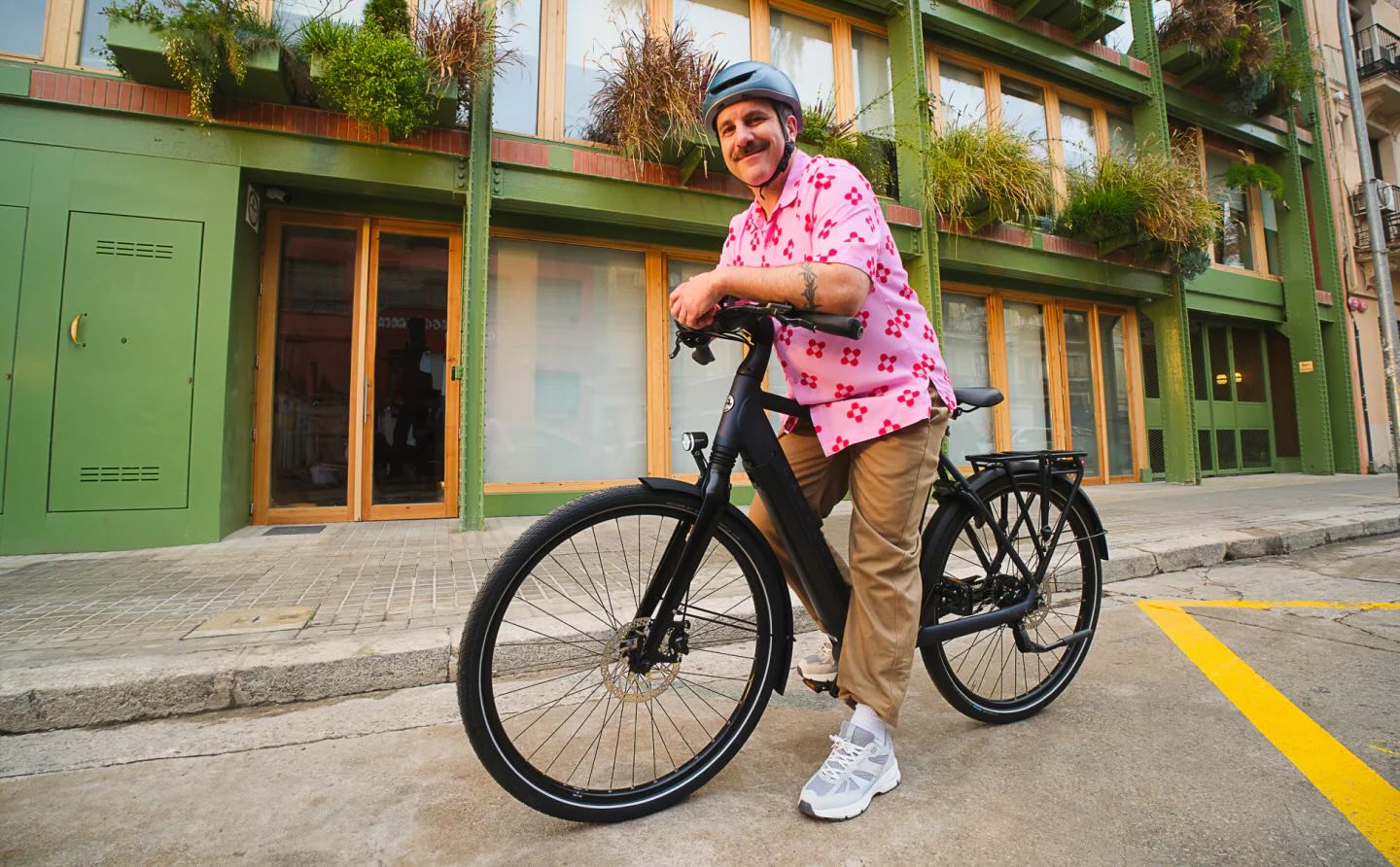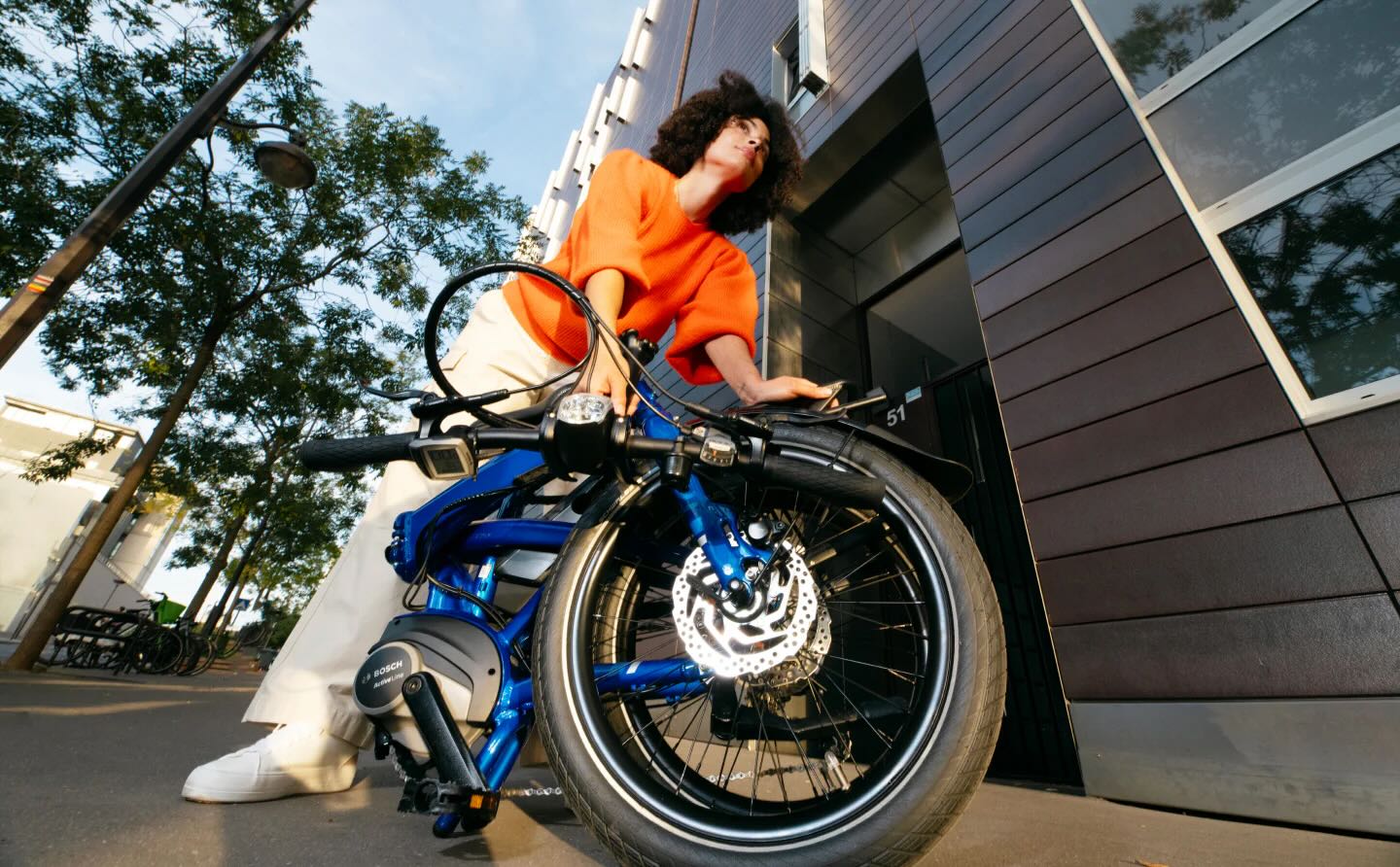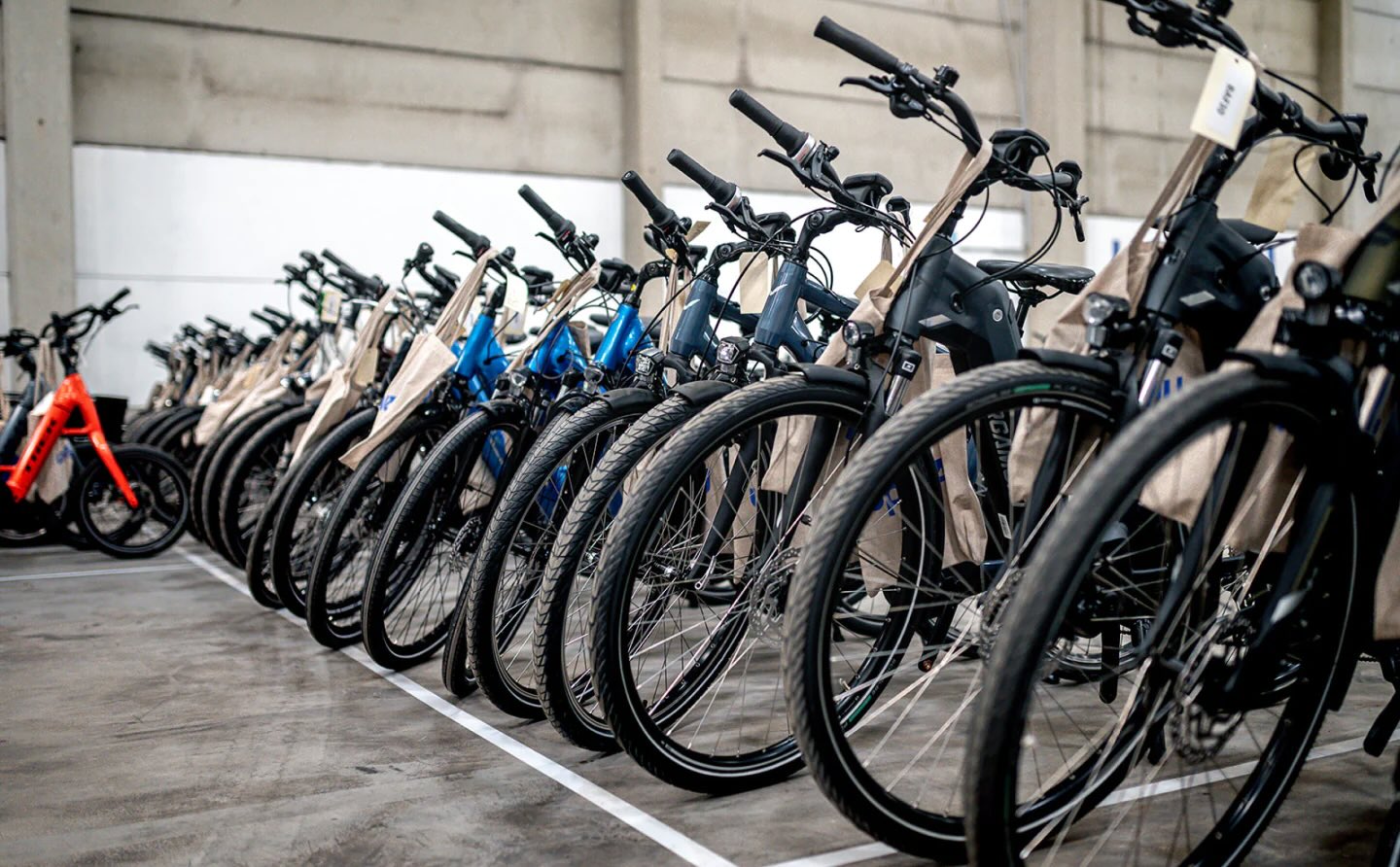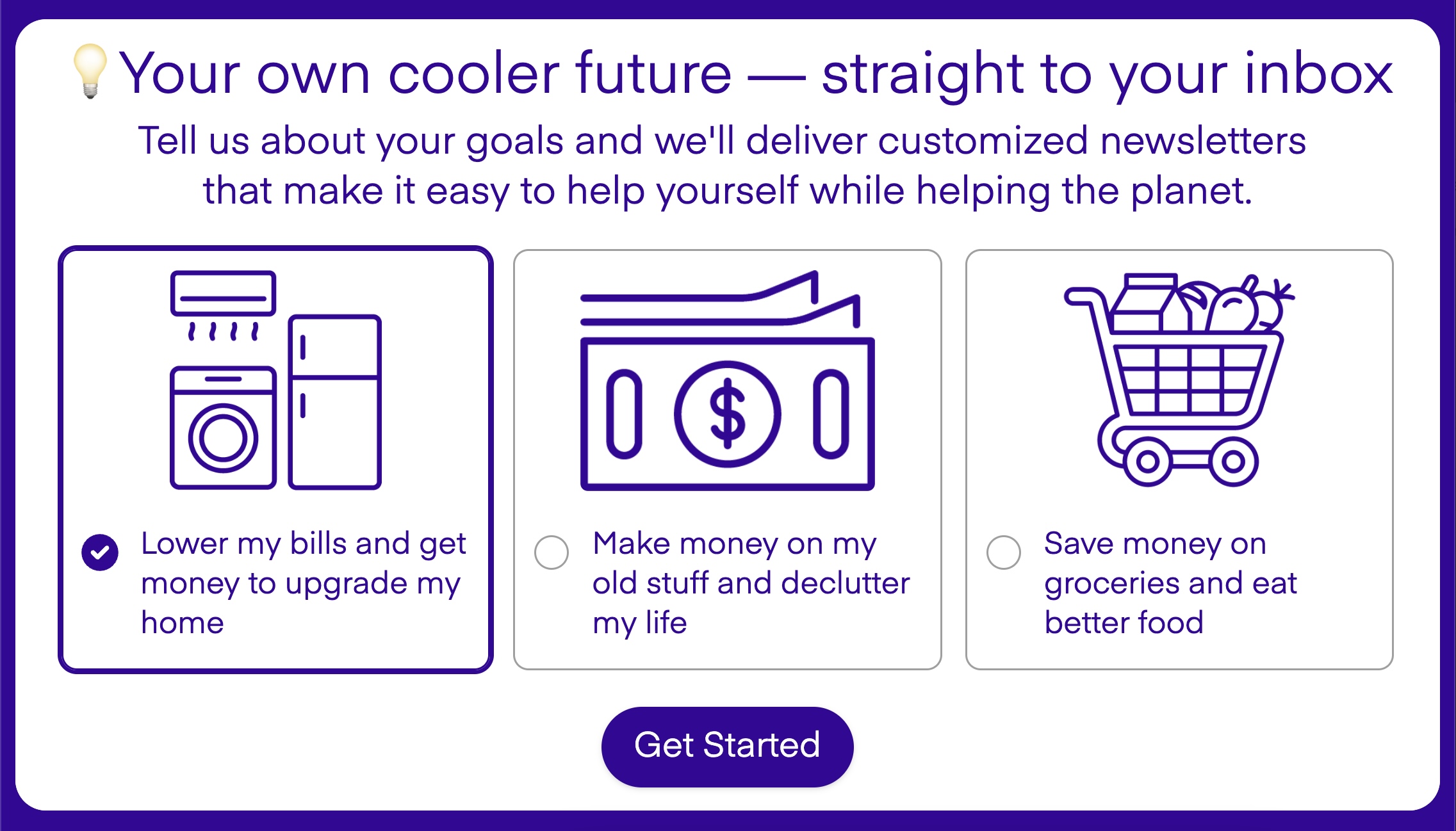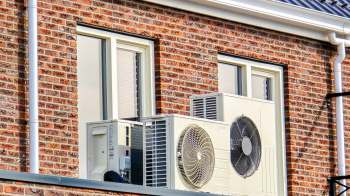Battery scientists from Sweden could borrow some packaging tips from Colgate as they develop an amazing unit with fluid electrodes. The malleable breakthrough could transform energy storage for gadgets, according to the Linköping University research team.
"The texture is a bit like toothpaste," Assistant Professor Aiman Rahmanudin said in a news release. A photo shared by the team shows a dark, pasty substance being squeezed from a tube. If it were white, it would fit the visual billing for your typical tooth cleaner.
The fluid electrode opens the door for fascinating production potential.
"The material can, for instance, be used in a 3D printer to shape the battery as you please," Rahmanudin added.
When common lithium-ion batteries charge and discharge, ions move between solid electrodes made of often costly materials, through the electrolyte. The ones that power most devices and electric vehicles use a liquid electrolyte, though solid ones are in development. Battery innovators around the world are at work to develop better-performing packs with less expensive parts that don't require problematic foreign supply chains.
The Linköping team said it's estimated that a trillion internet-connected devices will be online within the next 10 years, including phones, watches, and crucial medical tech. Bulky, solid batteries that currently power them are limited in design.
"But with a soft and conformable battery, there are no design limitations. It can be integrated into electronics in a completely different way and adapted to the user," Rahmanudin said.
The Sweden experts intend to succeed where others have failed by using conductive polymers and lignin, a paper production byproduct, making manufacturing somewhat circular. The plan also avoids rare materials and ones that hardened during operation in past attempts.
Early test results are promising. The pack can be stretched to double its length while maintaining performance for 500 cycles, all per the summary.
|
Should the U.S. be investing more in battery production to catch up with China?
Click your choice to see results and speak your mind. |
Next up, the team plans to experiment with common Earth metals — zinc and manganese — to see if the additives can help increase voltage, which is just 0.9 volts now.
TCD Picks » Upway Spotlight
💡Upway makes it easy to find discounts of up to 60% on premium e-bike brands
"The battery isn't perfect. We have shown that the concept works, but the performance needs to be improved," Rahmanudin said in the release.
Other bendable energy storage tech is in the works elsewhere. Scientists at the University of Maryland are proving that twisted carbon nanotubes can store loads of power. Researchers at North Carolina State are developing yarn-like supercapacitors that could be stitched into clothing to power wearable devices.
It's all part of an energy revolution that is shifting how we use and store electricity, including at home. Internet-based smart homes can make managing electricity use for most of your devices and appliances a breeze, saving you money on your utility bills. Simply switching out your old lightbulbs for new LEDs can cut five times the harmful heat-trapping air pollution, saving you $600 a year if you replace at least 40.
The pollution reduction is important, as most of the world suffers from poor air quality, according to the World Health Organization. The agency lists asthma, wheezing, and other respiratory problems as risks associated with the dirty air.
Join our free newsletter for weekly updates on the latest innovations improving our lives and shaping our future, and don't miss this cool list of easy ways to help yourself while helping the planet.

